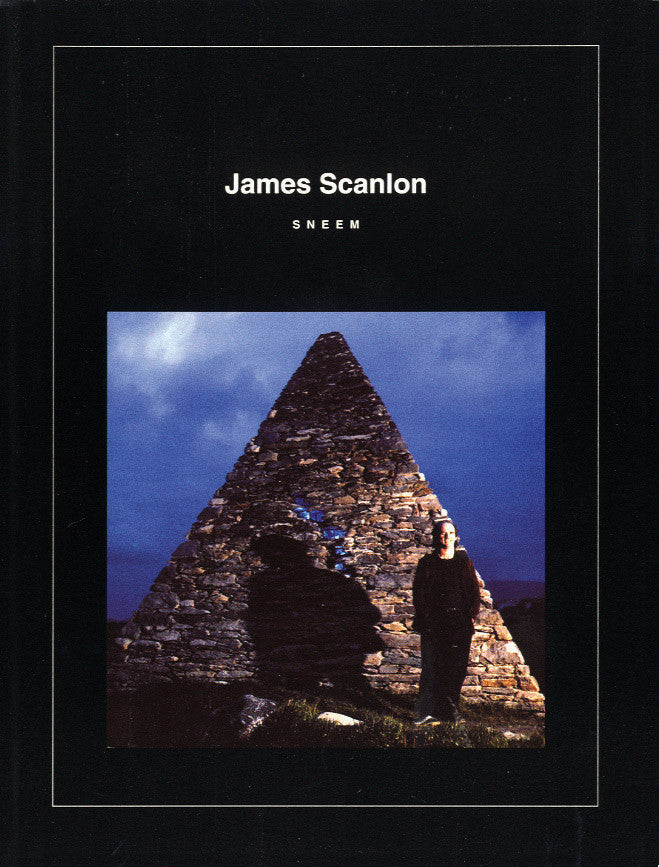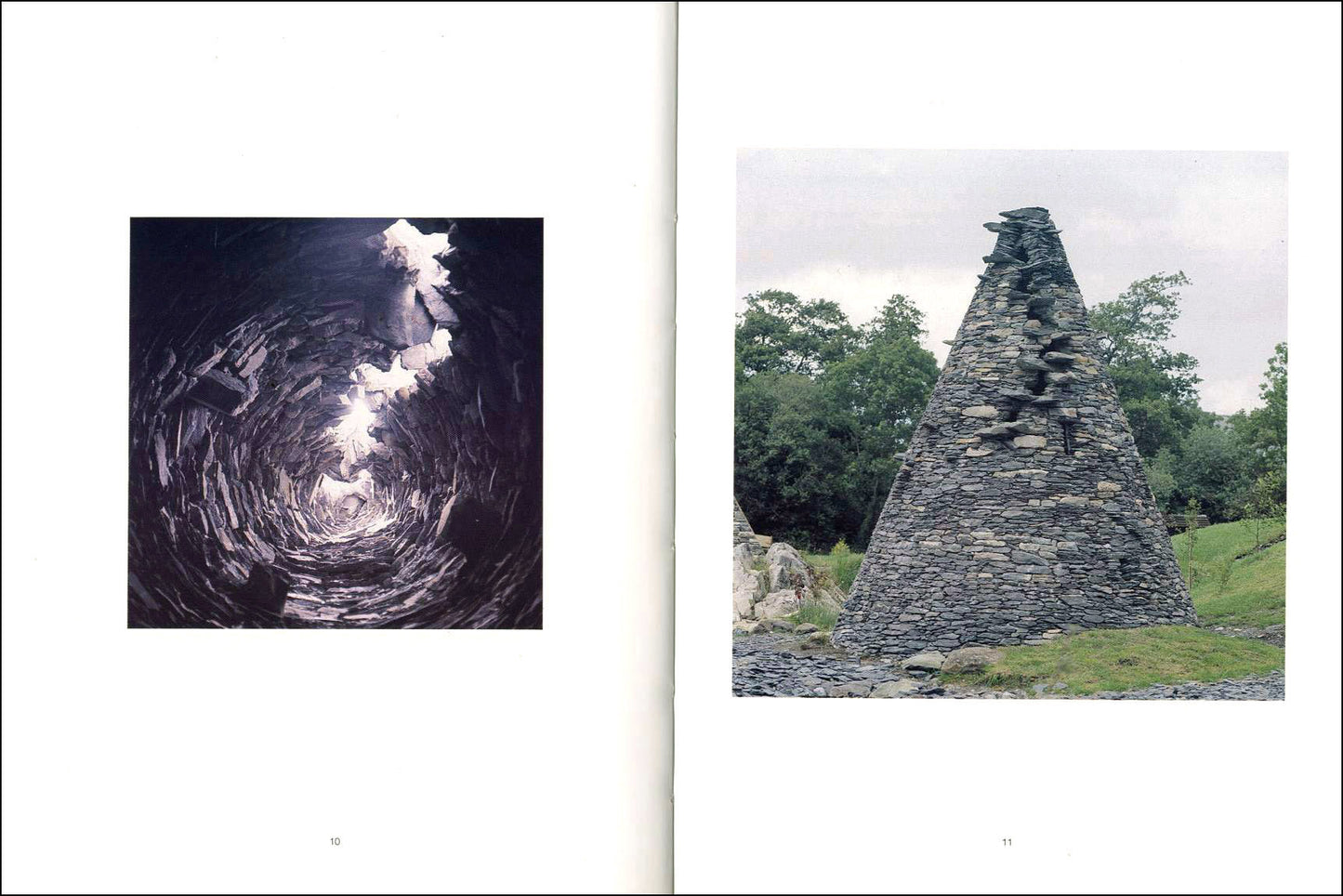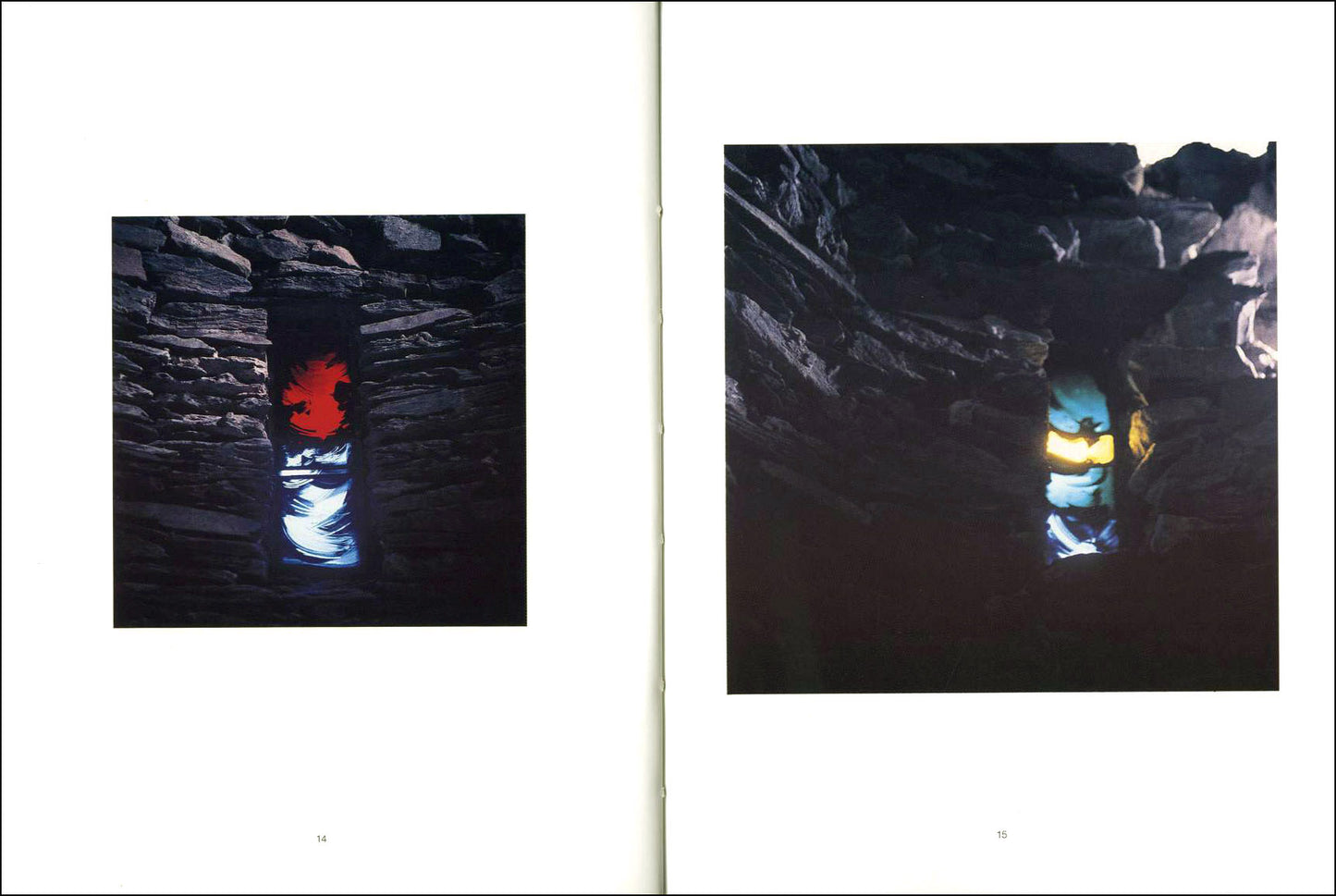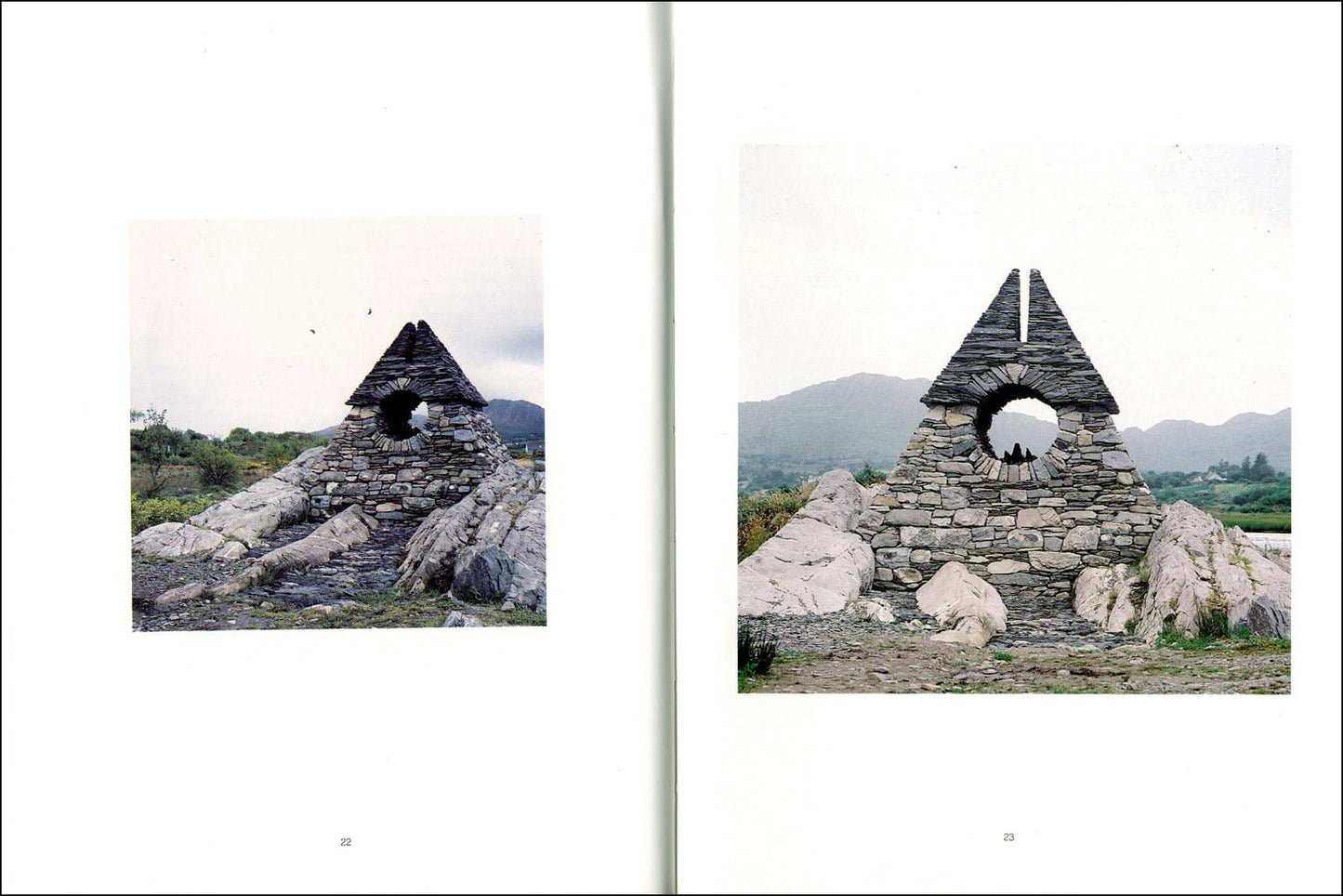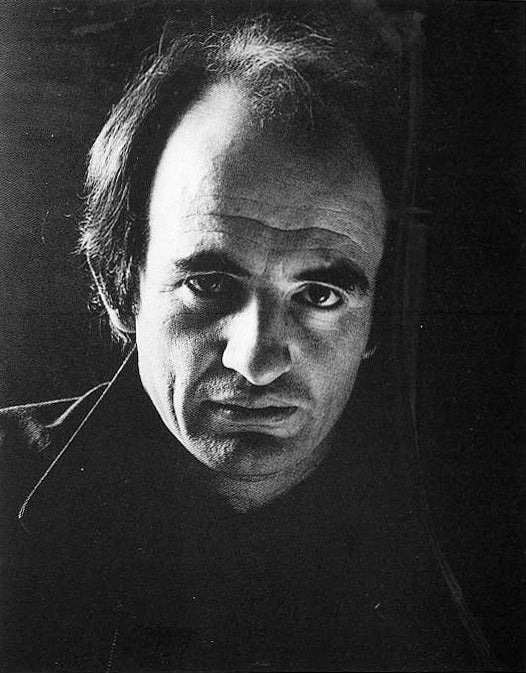Gandon
Works °1 — JAMES SCANLON: Sneem
Works °1 — JAMES SCANLON: Sneem
Couldn't load pickup availability
Share
interview by Shane O’Toole; intro by Patrick Reyntiens
ISBN 978 0946641 536 32 pages (paperback) 20x15cm 24 illus
This book documents a single project by the stained-glass artist and sculptor, James Scanlon. Sited in Sneem, Co Kerry, the project was created on a piece of derelict ground along the river. The artist employed local men to build the dry-stone-wall huts, and inset into each are delicate and beautiful stained-glass artworks.
EXTRACTS
"The 1986 Glass Conference at the Royal College of Art, London, gave rise to quite a few concomitant exhibitions around the town. None of these came up to the quality and originality of a then unknown Irish artist, James Scanlon. His show was a revelation, for not only was there an exactitude of craftsmanship (always a sine qua non when working in glass) – and this would have done credit to Lalique – but the content of the panels of stained glass was profoundly moving. Scanlon’s masterly use of aciding to remove certain areas of colour from the glass, layer by layer, and the superimposing of the pieces (there was no need of lead, the panels being too small) created a world of space and colour and light that no one had yet encountered."
—from the introduction by Patrick Reyntiens
"I was very taken by the names of the local townlands – Doirín an Mhuirigh, the mariner’s wood, Lios an Rí, fort of the king, and Lios na Síoga, the fairy fort. You have a magical landscape all around you. I remember making up cocks of hay, winds of hay, on my own farm, and you would have a little whirlwind, the síodh-ghaoth. It comes into a meadow, knocks the tops off the cocks of hay, goes on to the next field and does the same damage in it. It has no reason. It just comes and does it and disappears. In the middle of a hot day. It is very irritating, the síodh-ghaoth, the fairy wind. It doesn’t have any relevance to me today, but when you come across that when you are five, and you’re told it’s a fairy wind – you can’t see any fairies, and it knocks the tops off cocks of hay – it is a different thing. So I thought, “This is very nice. You know, that place over there is called Doirín an Mhuirigh. The place under it is called Lios na Síoga. This is a transition, from a village to a river. Beyond the river is a fairy fort, a townland called the fairy fort in Irish. So, wouldn’t it be nice to have the idea of a spirit coming from there, going through here, building these idiotic things and disappearing through a hole in one of them – whoosh! – back into the fairy fort?”
Now, you can’t sit down and tell that to a parish priest who came out of Maynooth, and you can’t say to a bunch of farmers who fish for a living at five o’clock in the morning, you know, “Listen lads, we’re building something done by the fairies that went whishhh!” The nearest thing they could call it was a pyramid, so I said, “Fair enough, we’ll call it a pyramid.” There is only one pyramid, but rather than trying to explain myself daily to foreigners and tourists and relations and people on site, we said “Yes, we’re building pyramids.” Tell ‘em a lie and stay with it, like. But when it was being opened and I wanted to call it Slighe na Síoga, the way the fairies went, there was a kind of a silence. And Father Murphy said, “Look, James”, he said, “sure, we’ll call it The Pyramids. There’s only two pyramids. There’s pyramids in Egypt and there’s pyramids in Sneem, and we’ll leave it at that.”
— James Scanlon in conversation
|
CONTENTS INTRODUCTION by Patrick Reyntiens 4 |
also available: PROFILE 12 – JAMES SCANLON |
